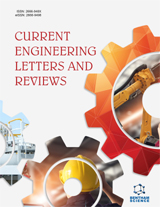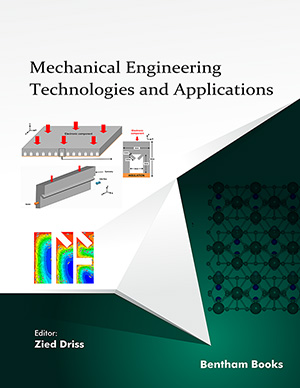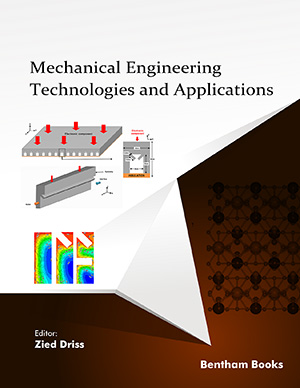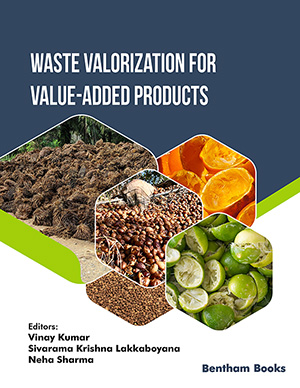Abstract
Objective: In order to further study the characteristics of flow parameters in the wellbore during solid fluidization drilling, based on the physical model of solid fluidization exploration of hydrate reservoir, a gas-liquid-solid three-phase flow model is established during the drilling process.
Methods: The parameter changes of wellbore pressure, section gas holdup, liquid volume fraction, temperature and wellbore hydrate decomposition rate under the influence of different wellhead choke pressure, displacement and drilling fluid density during solid fluidization are analyzed.
Results: The analysis results of the case will show that under different wellhead choke pressures, hydrate begins to decompose at 400m to 500m, and with the increase in wellhead choke pressure, the wellbore pressure and the volume fraction of liquid and solid phase at the same position increase significantly, and the gas production rate and the gas volume fraction decrease. The results also show that under different drilling fluid rates, hydrate begins to decompose at 500m to 550m, and with the increase in drilling fluid rate, bottomhole pressure and wellbore temperature increase, the situation of hydrate decomposition becomes better, and gas volume fraction decreases.
Conclusion: With the increase of drilling fluid density, hydrate begins to decompose at 500m to 600m, the wellbore temperature increases, and the hydrate decomposition is delayed. Meanwhile, the difference in the location of hydrate decomposition becomes smaller.
Keywords: Hydrate, solid fluidization, three phase flow, parameter characteristics, hydrate decomposition, reservoir.
[http://dx.doi.org/10.1002/aic.690350908]
[http://dx.doi.org/10.1115/1.3689137]
[http://dx.doi.org/10.2118/24717-PA]
[http://dx.doi.org/10.1016/S0009-2509(96)00369-7]
[http://dx.doi.org/10.1080/10916466.2019.1587457]


























